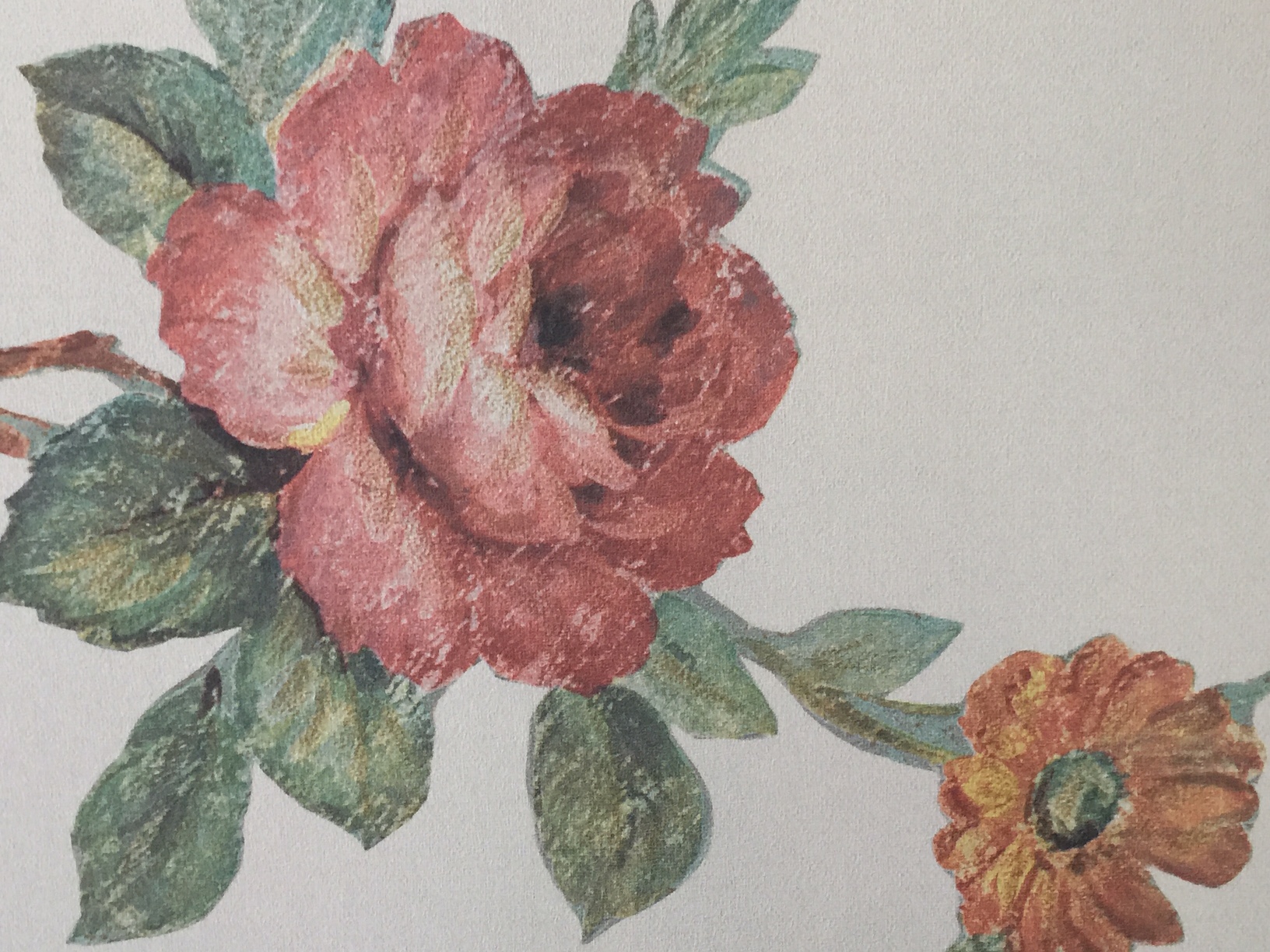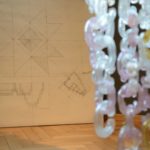Scroll down for English Version
CARTE è un progetto d’arte contemporanea che nasce per allargare l’ambito di ricerca artistica ad un medium particolare, la carta da parati.
Ho invitato degli artisti a realizzare un’opera, un progetto non su tela, video, sound, installazioni o media abituali ma su un supporto che appartiene alla storia dell’arte applicata e decorativa per, nel nostro caso, stravolgerne l’essenza e riportarla a sperimentazione pura.
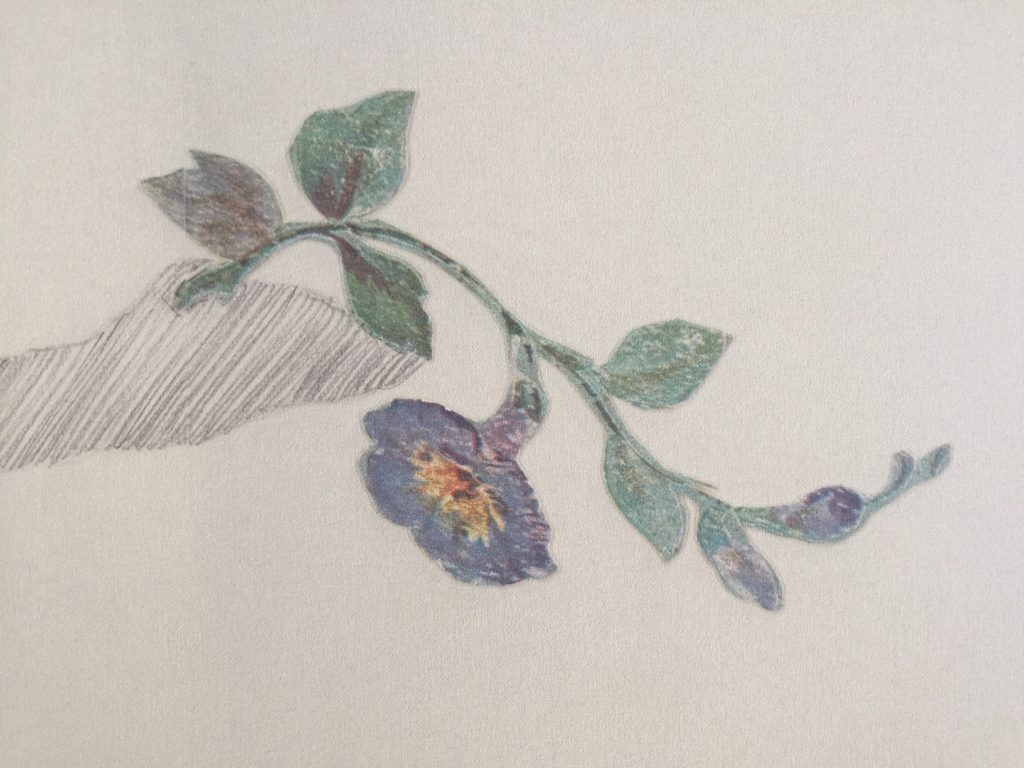
Donatella Spaziani, Traiettorie
CARTE ha coinvolto Riccardo Previdi, Donatella Spaziani e Patrick Tuttofuoco, i primi artisti scelti in base alla tipologia del lavoro e ricerca condotti nel corso degli anni. Attualmente è in atto anche una nuova conversazione con il quarto artista per un nuovo progetto che comunicheremo presto.
Per spiegare nel dettaglio le intenzioni che hanno spinto a lavorarci per più di un anno non mi dilungherò in rivoli concettuali, di cui mai come in questo periodo ne abbiamo voglia, mi soffermerò piuttosto sui perché. La collezione risponde, infatti, a diverse domande che caratterizzano il mio modo di intendere e di lavorare con l’arte e la sua sperimentazione libera.
CARTE è un esempio di arte che risponde ad una mission precisa che concerne la fruizione dell’opera da parte di un pubblico vario, più o meno consapevole, per regalare ad ognuno un’esperienza di immersione totale nel gesto artistico.
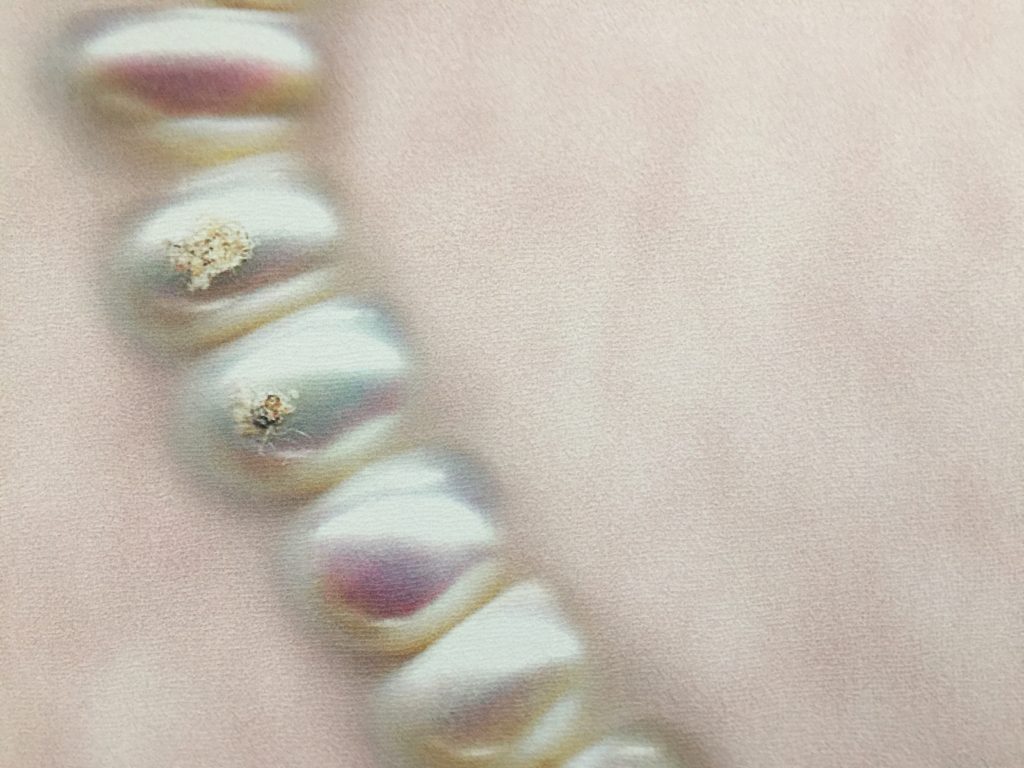
Patrick Tuttofuoco, Within Without
CARTE nasce per essere collocata – in prima battuta visto che si sta valutando se tradurla in limited edition – all’interno degli Atemporary Art Apartments di cui Casa Trentini è il progetto pilota. Si tratta di appartamenti votati all’ospitalità aperti dunque ad una dimensione pubblica. La volontà di unire arte e hospitality nasce per mostrare CARTE ad una platea vasta, turisti, amanti dell’arte e della cultura, professionisti in viaggio di lavoro, curiosi, a quanti scelgono la permanenza in un’opera d’arte.
CARTE è un’interpretazione del significato di opera d’arte che pone le basi sul superamento della dimensione di site specific che caratterizza gran parte delle opere del nostro periodo
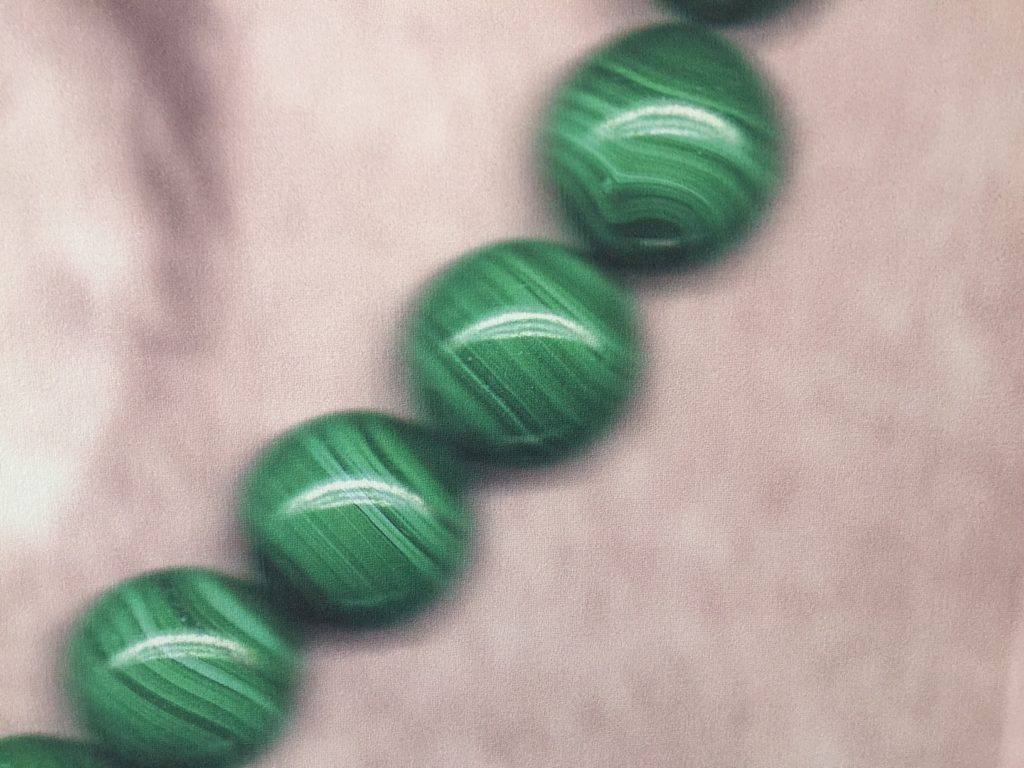
Patrick Tuttofuoco, Within Without
Con CARTE è intenzione superare questo concetto partendo da esso. Il numero zero di ogni progetto si trova all’interno di un Atemporary Art Apartments per poi propagarsi — facendo appello alla natura del supporto, la carta da parati — nel mondo, in diversi luoghi e in diverse dimensioni.
Questo punto è il tema cardine della riflessione condotta in azienda e della sua trasformazione in limited edition. Stiamo ragionando su nuove formule che guardino al prodotto ma nella piena tutela del valore artistico e culturale.
CARTE è esempio di arte abitabile. L’opera d’arte come elemento del vivere quotidiano.
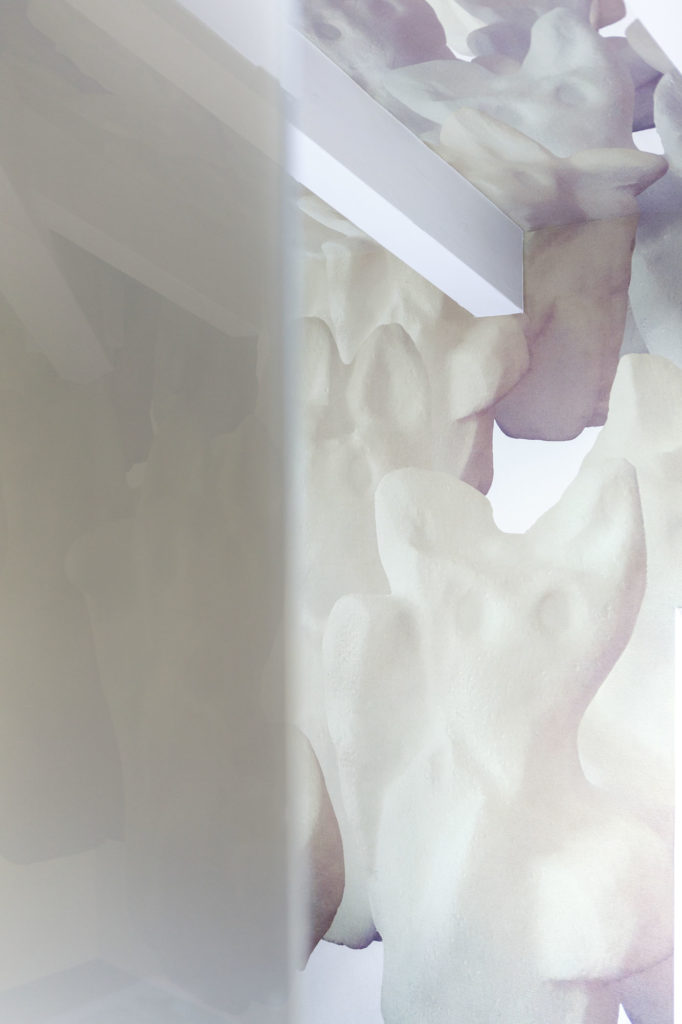
Riccardo Previdi, Loro, ph. Cristina Galliena Bohman
Ritorna l’idea di un’arte che si possa “utilizzare”, che ricopra delle funzioni, che guardi al design, ma che rimanga arte sia nelle intenzioni che nei risultati.
CARTE, in sintesi, è figlio di una necessità di democratizzazione della cultura e di avvicinamento dei non addetti al settore all’arte contemporanea.
Difendo e proteggo da sempre la sfera artistica come bene culturale, come forma di creazione incondizionata e libera, riconoscendone la difficoltà di tutela nel momento in cui si confronta con altre discipline e altri contesti. Paradossalmente è la linea sottile in cui mi piace stare riconoscendone l’estrema delicatezza. In questo progetto ho trovato il senso, il risvolto coinvolgente per fare cultura.
Confido infatti nel potere accrescitivo, educativo e esperienziale che un’iniziativa come questa possa apportare a coloro che avranno la volontà di sperimentalo sulla propria pelle.
***
CARTE [ PAPERS ] is an art project that was created to broaden the scope of artistic investigation in a particular medium, that of wallpaper.
I invited the artists to create an art work, a project not on canvas, video, sound, installations or the usual media, but on a medium that belongs to applied and decorative art history in order to, in our case, distort its essence and return it to pure experimentation.
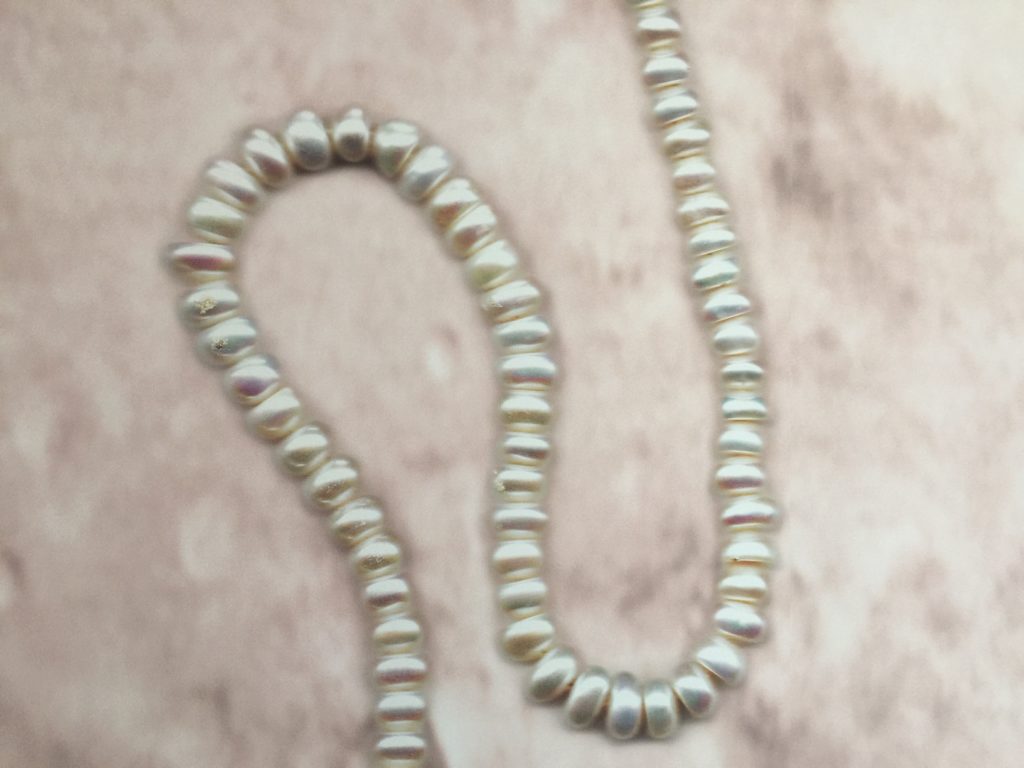
Patrick Tuttofuoco, Within Without
CARTE involved Riccardo Previdi, Donatella Spaziani and Patrick Tuttofuoco, the first artists to be chosen on the basis of their type of work and investigations conducted over a period of years. A new conversation with a fourth artist is currently underway for a new project that will be revealed very soon.
To explain in detail the aims that pushed us to work for more than a year, I will not go down conceptual streams but I will focus instead on why. CARTE is, in fact, a response to several questions that characterise my way of understanding and working with art and its free experimentation:
CARTE is an example of art that responds to a specific mission that concerns the use of the work by a diverse audience to give to every one a totally immersive experience in an artistic action.
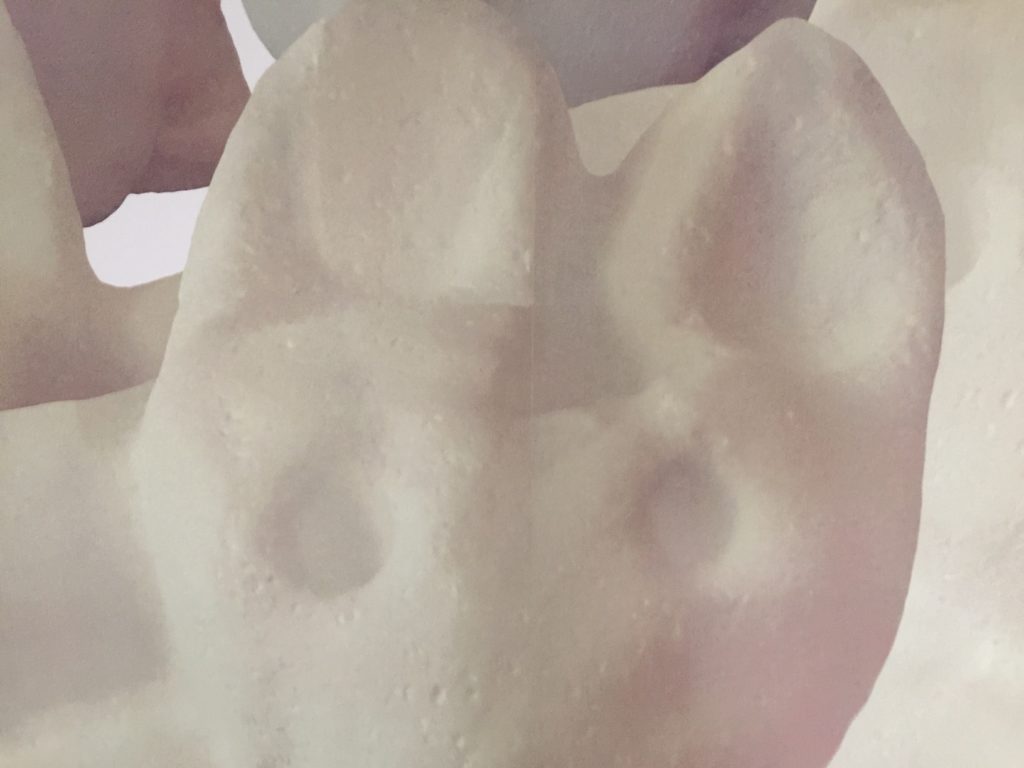
Riccardo Previdi, LORO
The collection was created to be placed – in the first instance since its translation into a limited edition is under consideration – within the Atemporary Art Apartments of which Casa Trentini is the pilot project. These apartments are dedicated to hosting guests, and are therefore open to a public dimension. The desire to combine art and hospitality was born to show CARTE to a large audience made up of tourists, lovers of art and culture, professionals, curious and to all those who choose to stay in a work of art.
CARTE is a reflection on the desire to overcome the concept of “site specific” that characterises most of the works of our period.
With CARTE the intention to overcome this concept by starting from it. The number zero of each project is located inside an Atemporary Art Apartment and then spreads — thanks to the fact that it is supported on wallpaper — around the world, in different places and in different sizes.
This point is the key theme of discussions taking place in the Company and its transformation into a limited edition. We are thinking about new ways of looking at the product but at the same time protecting artistic and cultural value.
CARTE is an example of habitable art. A work of art as an element of everyday life.
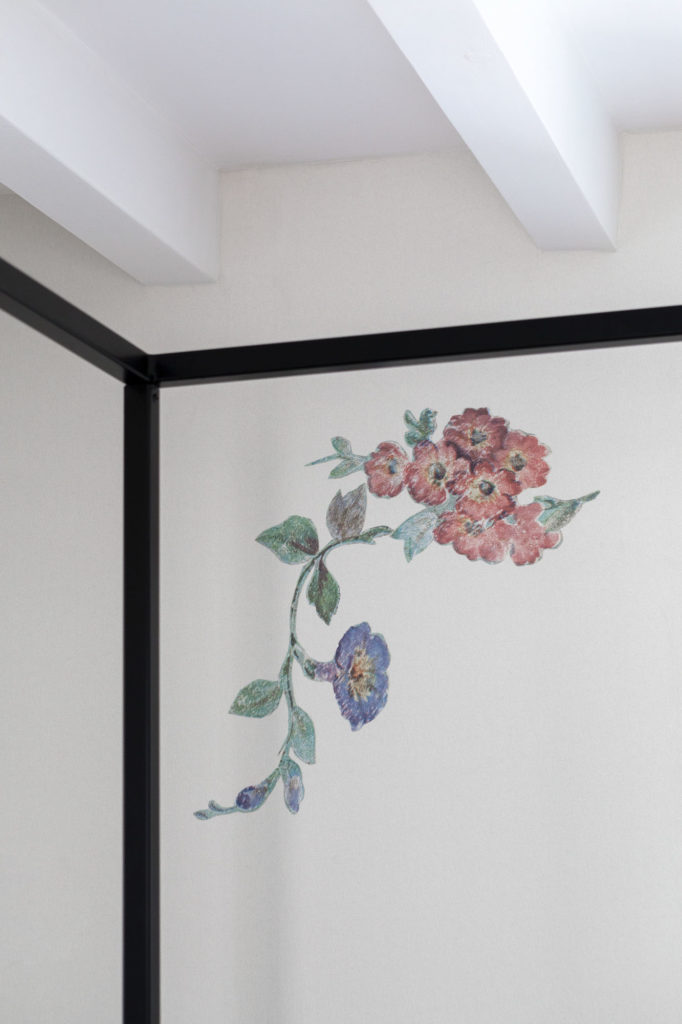
Donatella Spaziani, Traiettorie, ph. Cristina Galliena Bohman
The return of the idea of an art that can be “used”, that is functional, that focuses on design, but which remains art in both intention and results.
CARTE, in short, it is the result of a need to democratise culture and bring those who do not work in the sector closer to contemporary art.
I have always defended and protected the artistic sphere as a cultural asset, as a form of unconditional and free creation, recognising the difficulties involved in protecting it compared to other disciplines and other contexts. Paradoxically, it is the fine line in which I like to stay even though is an extreme delicate matter. In this project I found the aspects of meaning and involvement in making culture.
I put my trust in the augmentative, educational and experiential power that an initiative like this can bring to those who will be willing to experience it on their own skin.
CARTE

